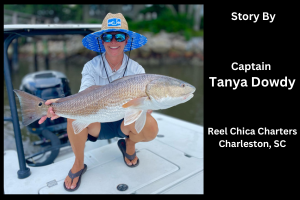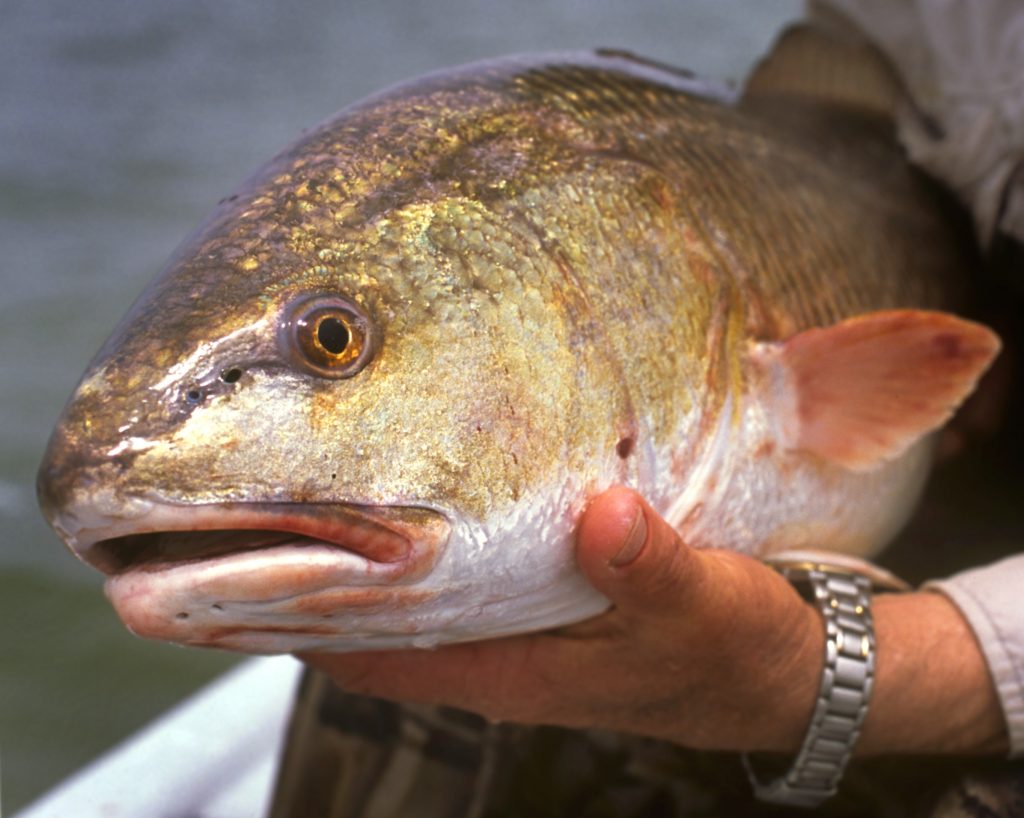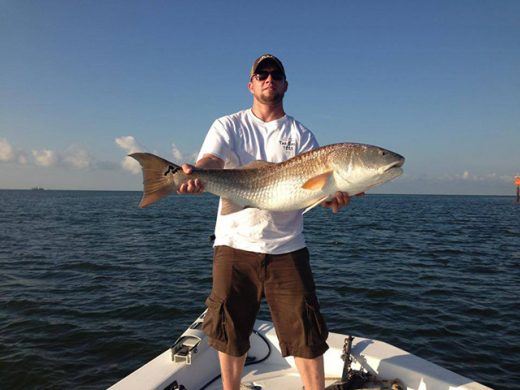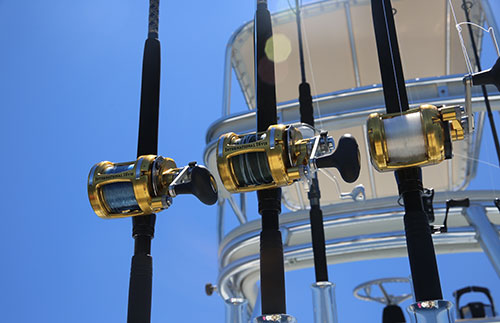What Makes Up The Inshore Summer Fishing Pattern
Inshore fishing has many patterns which dictate when and how the fish bite. They’re made up of an almost endless number of factors that impact the fish depending on the species. How the fish are biting and where and when are just a few. Understanding these factors takes time to develop, however, once you learn them, you’ll be able to face the summer pattern with confidence.
One of the first factors is the water temp changes. I know this is obvious, but it’s the one thing that impacts most everything. It causes the fish to move out of deeper water where they survived the cooler winter months, and now they are heading to the shallower, warmer water that’s heated by the sun. As a result, the fish will stack in these shallow water creeks waiting for the baitfish to come by.
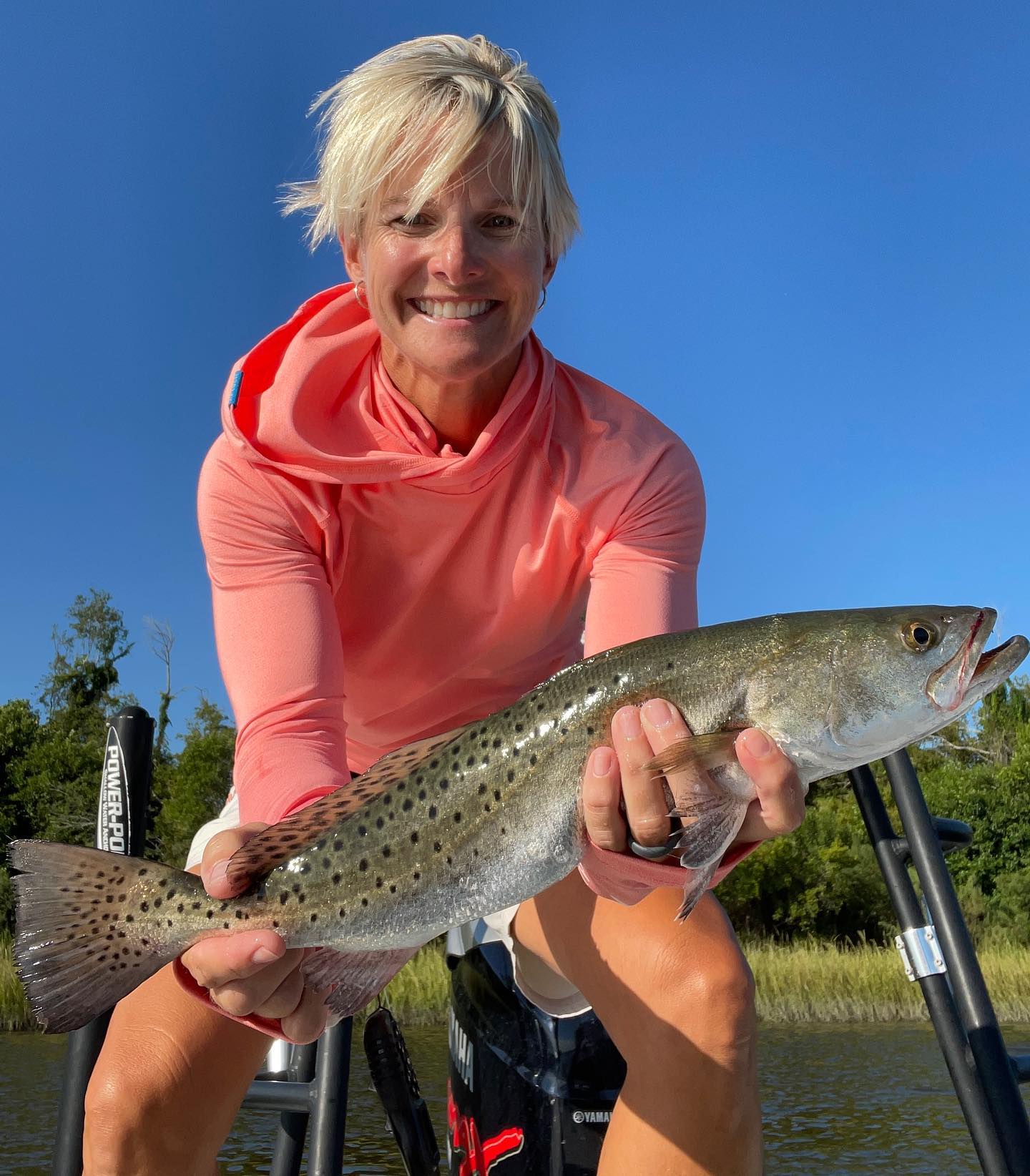
That more shallow water is where they find the baitfish are far more plentiful in the summer months. Baits like finger mullet, pogies, pinfish, and shrimp, to name a few. Match your bait profile to what baitfish are moving in the area fishing. Your soft and hard plastics should match those baitfish as closely as possible. However, making a slight change in your bait will cause it to stand out from the passing live bait. An example would be when you are seeing glass minnows, choose a lure that looks like a glass minnow with a pink color. This will give your lure a better chance to be attacked by the fish you’re going after.
The movement of the water is another important factor. This will determine where the baitfish is moving and dictate the position of your boat. It will also change the water depth that impacts where the fish will be feeding. Reading these factors can be a challenge at first, but soon you’ll be a natural, and you can easily read the water, bait movement, and the other conditions that make fishing the summer pattern a success.
